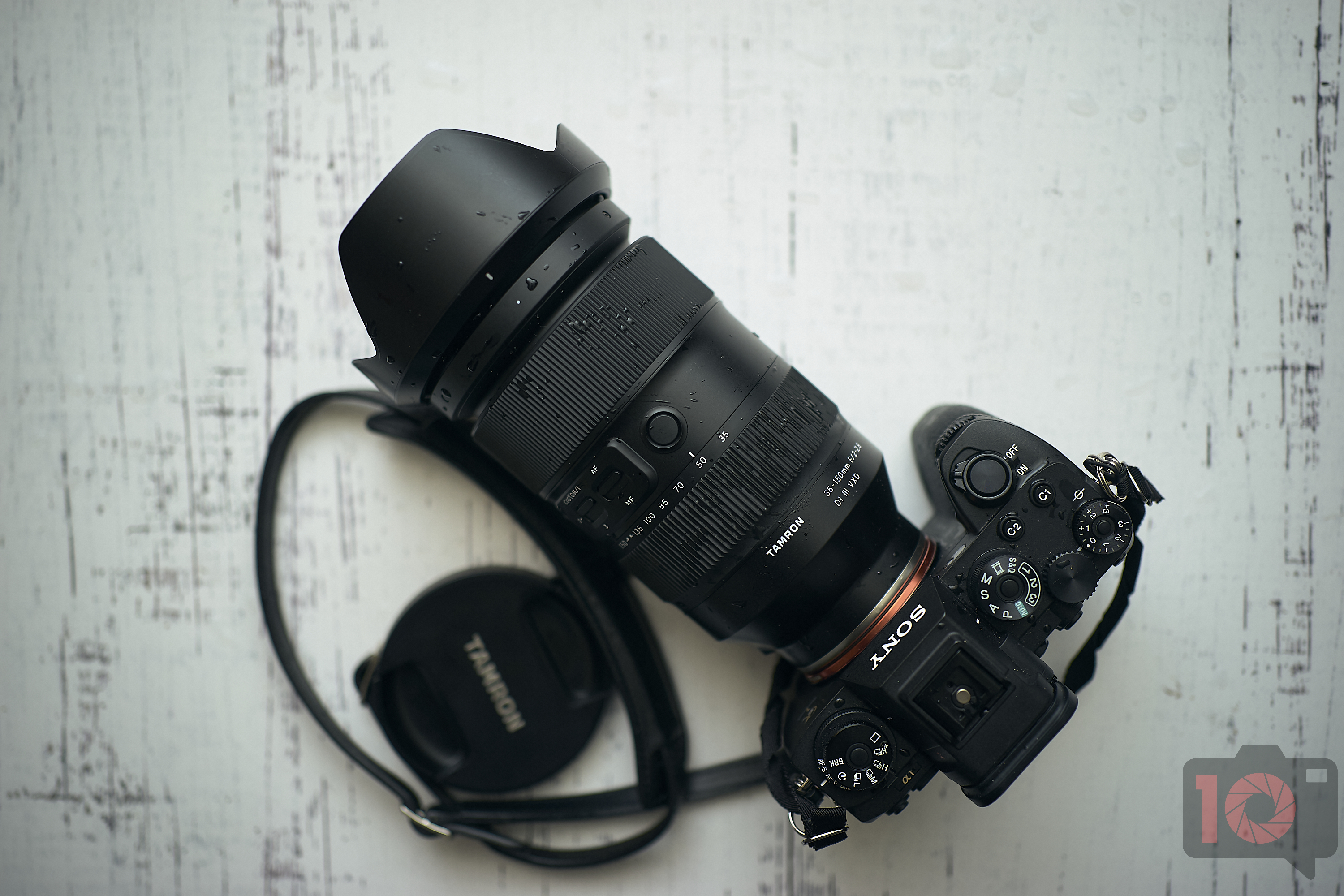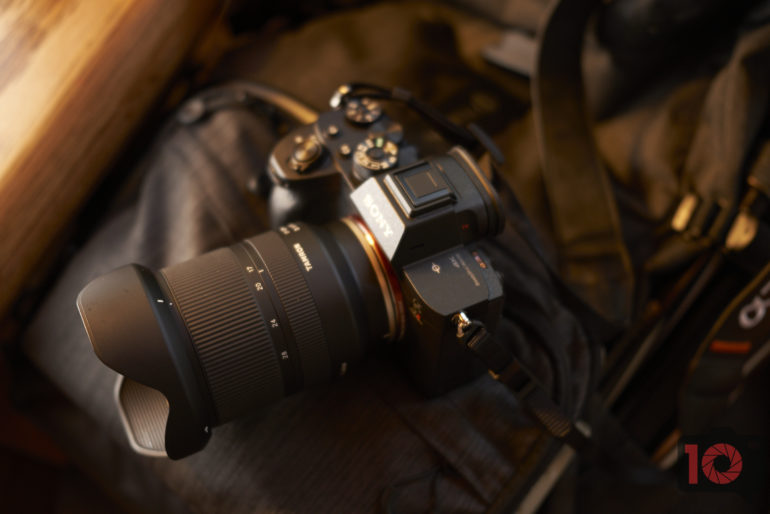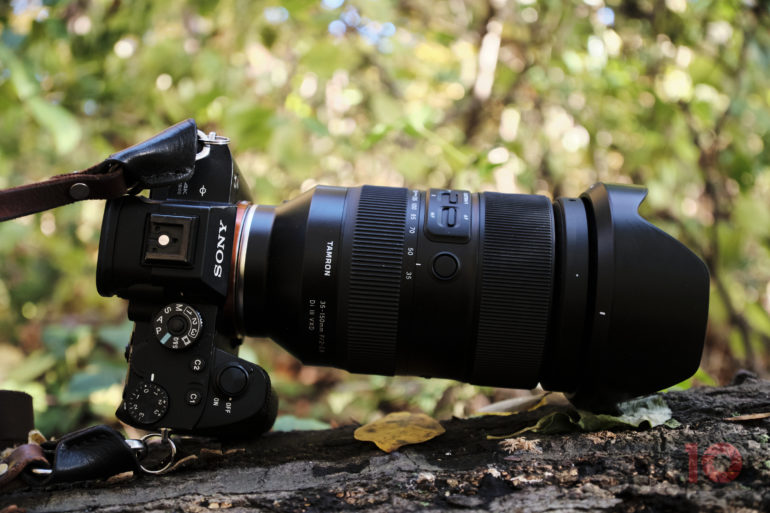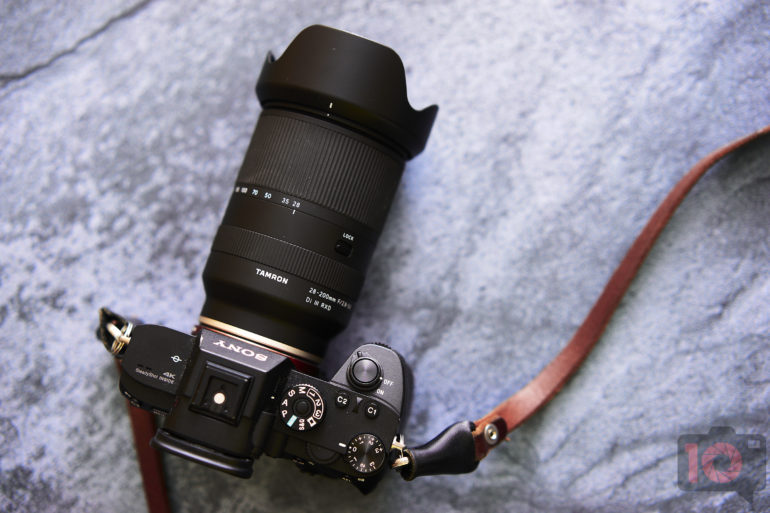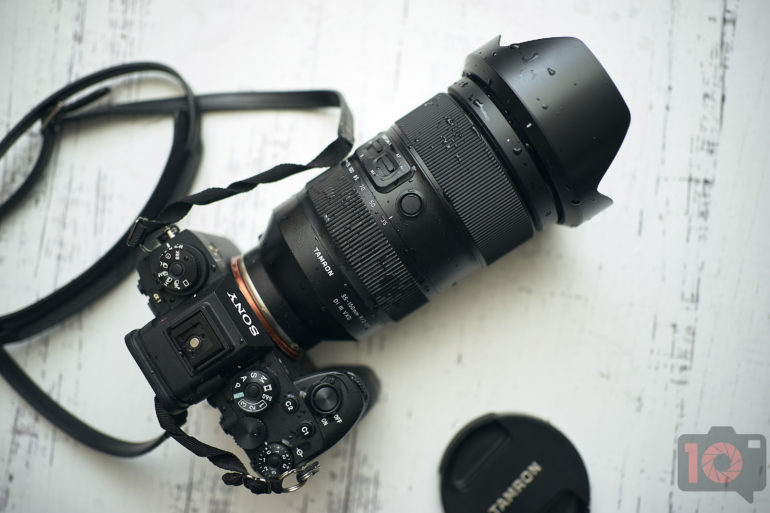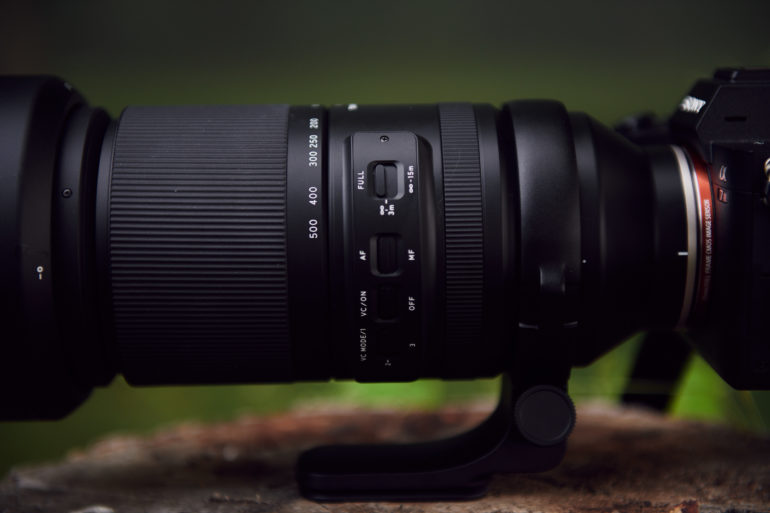Last Updated on 10/19/2022 by Chris Gampat
Tamron lenses are fantastic. I’m not sure there’s any independent reviewer that would disagree with that. Tamron zoom lenses for Sony FE cameras are notably incredible. Their lenses don’t exactly compete with what Sony offers, but they augment it. What’s more, they do so while providing a ton of value for what they are. We’ve reviewed every Tamron zoom lens for Sony FE cameras on the market. And in this roundup, we’ll tell you what you need to know if you’re considering purchasing.
This piece is presented in partnership with TAMRON. We’ve independently and ethically reviewed all the products in this post already without sponsorship. And we worked with them to recommend a few key gems to you.
The Phoblographer’s various product round-up features are done in-house. Our philosophy is simple: you wouldn’t get a Wagyu beef steak review from a lifelong vegetarian. And you wouldn’t get photography advice from someone who doesn’t touch the product. We only recommend gear that we’ve fully reviewed. If you’re wondering why your favorite product didn’t make the cut, there’s a chance it’s on another list. If we haven’t reviewed it, we won’t recommend it. This method keeps our lists packed with industry-leading knowledge. Some of our stories include affiliate links. If you buy something through one of these links, we may earn an affiliate commission.
Table of Contents
Tamron Nomenclature
Here are some common Tamron terms in their lens naming and what they mean.
- Di: Tamron Di (Digitally Integrated) lenses are performance-optimized for digital cameras. Lenses with the nomenclature Di are lenses for DSLRs featuring full-frame sensors; Di II for DSLRs with APS-C sensors; Di III for mirrorless cameras with full-frame sensors; and Di III-A for mirrorless cameras with APS-C sensors.
- VXD: (Voice-Coil eXtreme torque Drive) The VXD AF Drive provides the highest levels of autofocus speed and precision in Tamron’s long history. It is Tamron’s first-ever linear motor focus mechanism for stunningly fast and accurate auto-focusing. Two VXD units are arranged in a floating system and operated simultaneously via electronic control to achieve excellent optical performance at all shooting distances near and far. Focus tracking is vastly improved for sports and racing photography.
- G1 or G2: First or second generation of a particular Tamron lens.
- VC: (Vibration Compensation Image Stabilization System) Tamron’s VC uses a proprietary actuator and algorithms to deliver an extremely stable viewfinder image with excellent tracking. The 3-coil system electromagnetically drives the lens element that compensates for vibration, which glides smoothly on three balls with little friction. Several lenses offer different modes for panning and video shooting. VC can also be customized with the TAP-In Console or Tamron Lens Utility. VC should always be turned off when using the lens on a tripod.
- RXD: (Rapid eXtra-silent Drive) The RXD stepping drive uses an actuator to precisely control the rotational angle of the motor, allowing it to directly drive the focusing lens without passing through a reduction gear. A sensor that accurately detects the position of the lens enables high-speed and precise AF, which is ideal when shooting moving subjects or video.
Tamron 17-28mm f2.8 Di III RXD
The Strong Point: This is a small wide-angle lens that can be used for general shooting. Stick it on the camera and it might be the only lens you need.
In our review, we state:
“The Tamron 17-28mm f2.8 Di III RXD is a fantastic lens when it comes to image quality. This overall makes it a stellar performer.”
Tamron 28-75mm f2.8 Di III VXD G2
The Strong Point: This is an update to the previous Tamron 28-75mm G1 lens offering. And it’s got a few great innovations added in. But like its predecessor, it’s a stellar performer.
In our review, we state:
“The Tamron 28-75mm f2.8 G2 is a great lens. It builds on the previous version with a built-in USB port, faster autofocus, and a new finish. Personally, I was a tad shocked to see it refreshed this early. But there isn’t a single thing wrong with this lens. It boasts great image quality that you’ll really like. It innovates with the new USB port. And it retains the light weight design with a weather-sealed body. There isn’t a single thing to complain about really.”
Tamron 28-200mm f2.8-5.6 Di III RXD
The Strong Point: This lens is fantastic for anyone photowalking confident enough in their ability to make great pictures. Some folks are afraid of all-in-one zoom lenses, but this is one you shouldn’t be.
In our review, we state:
“While I like the Tamron 28-200mm f2.8-5.6 Di III RXD overall and I think that it’s simple to use, I think it’s held back by one big thing. If this lens had even just a little bit of image stabilization, it would be an easy Editor’s Choice award for us. But that’s not there. For those not familiar, Tamron designates their image-stabilized lenses with the “VC” moniker. That is what’s missing from the Tamron 28-200mm f2.8-5.6 Di III RXD. Image stabilization would really help at the more telephoto end. Where I found it to be problematic is on a tripod at night. I turned off the image stabilization to shoot long exposures. But my roof was a bit shaky, and when I turned it back on in-camera, the problem mostly corrected itself. I believe that if the lens had it too, the combo would have delivered better results.”
Tamron 35-150mm f2-2.8 Di III VXD
The Strong Point: This is by far one of the best Tamron zoom lenses for Sony FE cameras and one of the most innovative on the market. Not only is it very useful, but it’s got great image quality and incredible build quality.
In our review, we state:
“Let me tell you, this lens may seriously replace all my Sony prime lenses. I own the Sony 35mm f1.8, 55mm f1.8, and 85mm f1.8. But with the Tamron 35-150mm f2-2.8 Di III VXD and the 17-28mm f2.8 together, I’ve got an entire workable range.”
Tamron 50-400mm f4.5-6.3 Di III VC VXD
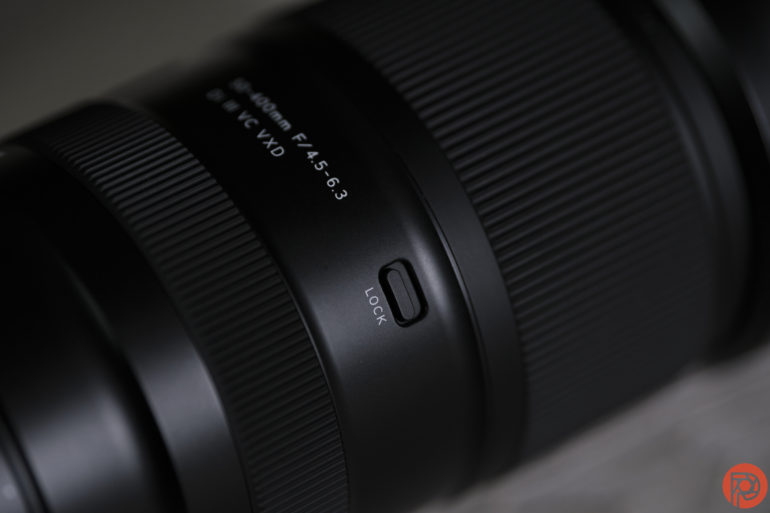
The Strong Point: If you want pretty much Sony G Master level performance in a more affordable a versatile pacakge, this is the single best lens you can go for when photographing sports, birds, and so much more.
In our review, we state:
Using this lens was almost as pleasant as looking at the images. The 50-400mm range allows for getting up close on some wildlife, but then backing off and showing that animal on a backdrop of fall colors. It’s light enough to hike with, and the stabilization means this lens rarely needs a tripod. The wide zoom range makes it a great lens for photo walks; you are ready for almost anything.
Tamron 70-180mm f2.8 Di III VXD
The Strong Point: This is a great lens for anyone who wants a constant f2.8 aperture zoom range in a lighter body than a 70-200mm.
In our review, we state:
“Colors rendered by the Tamron 70-180mm f2.8 are vibrant and saturated but lean towards the warmer side straight-out-of-camera. This is preferred by some photographers, lending a more organic tone to images. Those seeking more color-accurate images will want to shoot using custom white balances.”
Tamron 70-300mm f4.5-6.3 Di III RXD
The Strong Point: This is a fantastic lens for birding with a higher megapixel camera. In fact, it’s one of our favorites for exactly that!
In our review, we state:
“This lens exhibits beautiful bokeh. If you’re using it to photograph birds on your porch, you’ll have lots of fun. It’s going to do a terrific job singling out the birds and blowing the rest of the scene out into glorious bokeh. At times it will also look like there’s a swirl or extra smooth bokeh.“
Tamron 150-500mm f5-6.7 Di III VC VXD
The Strong Point: This lens is the quintessential birding lens for Sony photographers. It’s genuinely one of the best Tamron zoom lenses for Sony FE cameras.
In our review, we state:
“Combined with challenging an autofocus motor to move so many pieces along a large lens, and that autofocus miss rate actually starts to look good. Sony owns a large share in Tamron, so the two companies tend to share autofocus algorithms. As a result, Tamron tends to have better autofocus performance than other third-party lenses.”


